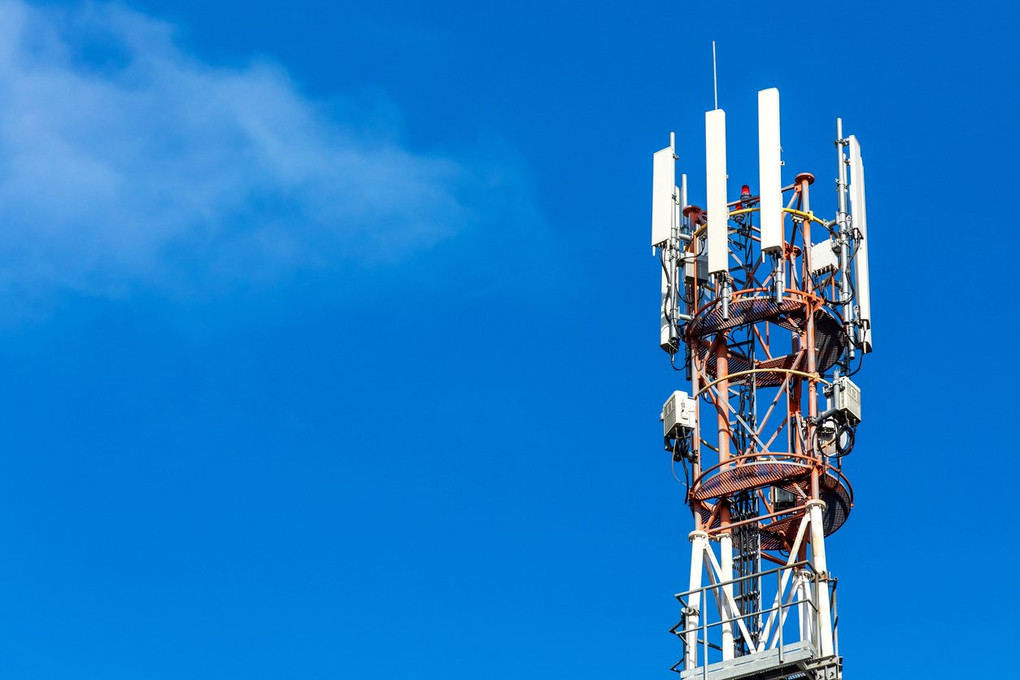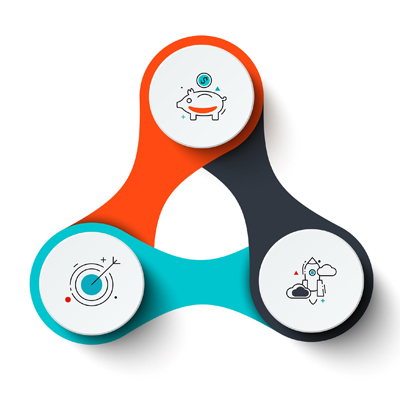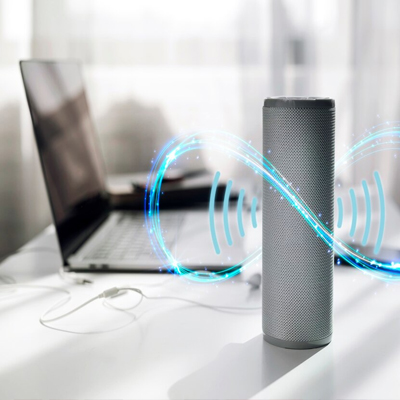4G vs LTE vs 5G: What’s the Difference?
In today’s hyperconnected world, cellular networks have become indispensable tools for communication, entertainment, and information access. With the rapid evolution of technology, new generations of cellular networks have emerged, each offering enhanced capabilities and performance. Among these, 4G, LTE, and 5G stand out as the most widely used and discussed technologies. While these terms are often used interchangeably, there are distinct differences between them. Understanding these differences is crucial for making informed decisions about mobile connectivity.

Cell Tower : Directional Antennas
4G: The Foundation of Modern Cellular Networks
4G (fourth-generation) cellular technology marked a significant leap forward in mobile connectivity. Introduced in 2009, 4G offered substantial improvements in data speeds, reaching up to 1 Gbps (gigabit per second) under ideal conditions. This enabled users to enjoy faster browsing, streaming, and data downloads. 4G also provided wider coverage and improved call quality, making it the foundation of modern cellular networks.
Read More: Fiber vs DSL , What’s the Difference?
LTE: An Enhanced Version of 4G
LTE (Long Term Evolution) is a refined version of 4G technology, often considered an advanced form of 4G. LTE was developed to address the growing demand for faster and more reliable data connections. It utilizes a different technical approach, known as OFDM (Orthogonal Frequency-Division Multiplexing), which allows for more efficient use of the radio spectrum, resulting in significant improvements in data speeds, latency, and overall network capacity.
5G: The Next Frontier in Cellular Technology
5G (fifth-generation) cellular technology represents the latest evolution in mobile connectivity. Introduced in 2019, 5G promises to revolutionize the way we connect, offering unprecedented speeds, ultra-low latency, and massive capacity. With theoretical peak speeds of up to 20 Gbps, 5G is expected to enable seamless streaming of high-definition content, real-time virtual reality experiences, and the widespread adoption of Internet of Things (IoT) devices.
Comparing 4G, LTE, and 5G
To better understand the differences between 4G, LTE, and 5G, let’s compare them based on key performance metrics:
| Feature | 4G | LTE | 5G |
|---|---|---|---|
| Peak data speeds | 1 Gbps | 3 Gbps | 20 Gbps |
| Latency | 50-100 milliseconds | 10-30 milliseconds | 1 millisecond |
| Capacity | Up to 2,000 devices per square kilometer | Up to 100,000 devices per square kilometer | Up to 1 million devices per square kilometer |
Read More : 4G and 5G Differences
Choosing the Right Technology for Your Needs
The choice between 4G, LTE, and 5G depends on your specific needs and usage patterns. For basic voice calls, text messages, and web browsing, 4G is still a viable option. However, if you frequently stream high-definition content, play online games, or utilize cloud-based services, LTE or 5G will provide a superior experience.
The Future of Cellular Networks
As 5G technology continues to mature, it is expected to become the dominant cellular network in the coming years. With its enhanced capabilities, 5G will pave the way for new applications, transforming industries and shaping the future of connectivity.

Conclusion
4G, LTE, and 5G represent the evolution of cellular networks, each offering distinct advantages and catering to specific needs. Understanding the differences between these technologies empowers users to make informed decisions about their mobile connectivity. As we move towards a more connected future, 5G is poised to revolutionize the way we communicate, interact, and experience the world around us.





